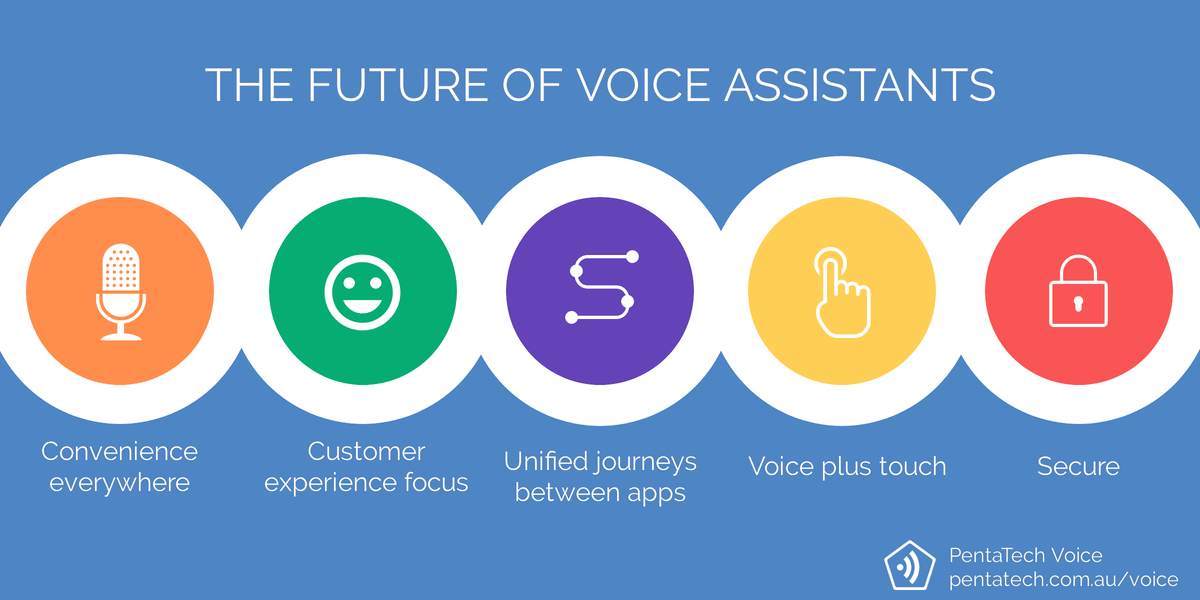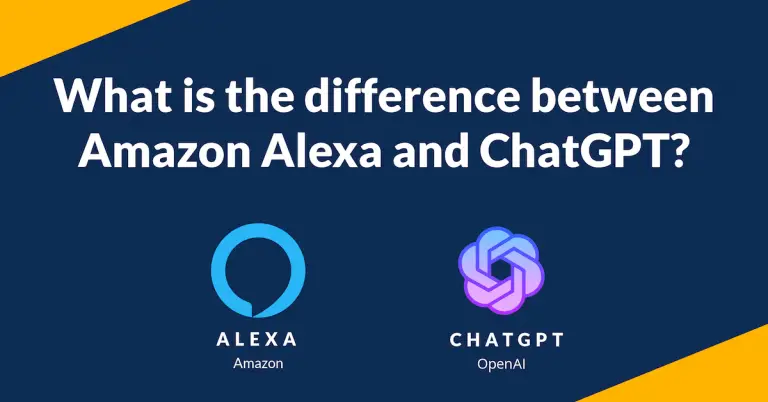Voice-activated assistants are paving the way to a promising future based on convenience and customer experience. Great Engineering effort in AI and NPL has been devoted to arriving to today’s customer convenience status.
Why voice?
There are 2 major avenues contributing to a voice-activated future. The first one is people increasingly using voice as a way of interacting with smart devices and the second one is the war for customer attention and a higher level of comfort demonstrated specifically by millennial consumers.
Voice usage uptrend
The keyboard interface is not a natural way of interacting. We got accustomed to it, but it is not the best option if we need to start all over again. Voice is convenient, effective and faster. And convenience is key.
55% of teenagers are using voice search on a daily basis [3]
Juniper Research recently predicted that the number of digital voice assistants in use in the next four years (by 2023) will jump to 8 billion (from 2.5 billion at the end of 2018). [5]
Customer-centric
We need to be where the customer is paying attention to. Customer loyalty and brand affinity are the major reasons why organizations are deploying voice interfaces.
Voice is an extension of your brand, a new way to get to the customer. So this new channel needs to be consistent with the other channels and authentic, providing original content that customers are willing to consume.
Voice assistants are taking customer relationships to the next level, introducing a level of humanity never before possible [2]
Top players in the market
Amazon introduced its Echo device in 2014, a home speaker with an embedded assistant called Alexa. Initially was meant to control music, however it grew significantly. It is now a smart home hub providing access to your calendar, shopping list, answer random queries, and more.
Google Assistant initially debuted in May 2016 developed by Google and is available in a wide range of devices such as mobile, car, watch, laptop, home, etc.
Apple Siri was the first one to be released back in 2011 and it is part of iPhone, iPad, watch, mac and TV.
Worldwide
Amazon, Alibaba, and Baidu sold more smart speakers than Google; Alexa-enabled devices showed a significant lead in Q3 2019 over all rivals topping a 36.6% of the global share market [6]. Following Amazon, 13.6% for Alibaba and 13.1% for Baidu. Google showed up in the fourth place with 12.3% market share.
Australia
Google Home dominates with 68.2% followed by Amazon Echo 14.2% [4]. The 54 points difference is explained by the lag of Amazon release in the Aussie market. Amazon may also face different challenges in Australia because its online shopping presence is newer and much smaller than in the U.S.
Moving forward
In the next decade we will see a change in behavior. People in their kitchen, cars, bedrooms, wherever needing some service or product will say “[Alexa|Google|etc], get me a [dentist|lawyer|etc] near me.” And this is what an assistant is meant to do. Resolve this problem, facilitate, make it convenient.
The following factors are shaping a voice-activated future.
Convenience everywhere
Huge number of smart devices will be created addressing all sort of every day tasks. They will exist in kitchens, bedrooms, cars, and wherever people can solicit something.
Brand affinity
Voice is an extension of your brand, a new way to get to the customer. This new channel should be consistent with the rest of customer touchpoints and creating original and engaging content.
Customer experience focus
Improvements on the way users interact with these devices with more individualized experiences. Assistants today still lack the basic conversational foundations that create smooth personalized experience. For instance, you start with “Hey Google|Alexa” and then having to say the same keyword to continue with the conversation in order to provide further information related to the previously executed query.
Easy to use
Smart devices are assisting us not the other way around. We are at the center. Design is already moving in this intuitive direction. The training days to understand how to interact with a system are gone.
Closer to the edge
Cloud autonomous devices acting in isolation from the cloud services and providing personalized, quicker and contextual responses.
Orchestration between different voice applications
One voice application will be able to communicate with others to provide a complete user experience without having to leave the original conversation. For instance, a mortgage calculator voice app will be able to call banks and/or credit unions to provide end to end experience.
Security on the spotlight
Voice activation authentication and authorization will need to be improved using combination of identity onboarding and biometrics to understand who is talking and what permissions are able to action.
Voice complemented with touch interactions
Conversation will be driven by voice however visuals will complete the message and allow easier selection and results presentation when appropriate.
Unified voice development frameworks
More and better alternatives to build cross platform solutions for Amazon Alexa, Google Assistant and others. Some examples are: Jovo, VoiceFlow, BotTalk. [7]
References
- [1] 7 Key Predictions for the Future of Voice Assistants and AI in 2020 by Chris Ciligot
- [2] The Impact of Voice Assistants on Customer Loyalty by Karen Scates
- [3] 75 Voice Search Technology Statistics And Trends by Asad Butt
- [4] Google Home Establishes Dominant Australia Smart Speaker Market Share by Bret Kinsella
- [5] Alexa, Google Assistant, Siri: Voice as Future of Content Delivery by Arianna Aondio
- [6] Amazon Sold Three Times More Smart Speakers than Google in Q3 2019, Baidu and Alibaba Also Beat Google Device Sales by Bret Kinsella
- [7] Alternatives to build cross platform solutions




